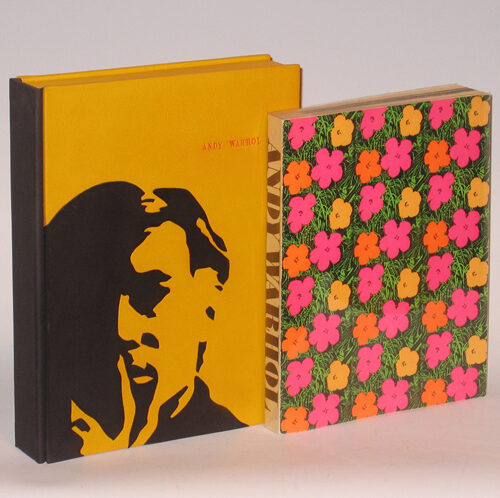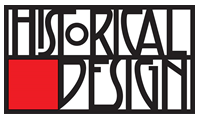Product Description
Andy Warhol, “Andy Warhol: Published on the Occasion of The Andy Warhol Exhibition at Moderna Museet in Stockholm February to March 1968” 1970



ANDY WARHOL (1928-1987) New York, NY
“Andy Warhol: Published on the Occasion of The Andy Warhol Exhibition at Moderna Museet in Stockholm February to March 1968” 1970
Published by Moderna Museet Stockholm, Boston Book and Art, Boston, MA, 1970. Printed in Sweden.
Dimensions:
Book: H: 10 3/4” x W: 8 5/16”
Custom leather box: H: 12 1/8” x W: 9 7/16” x D: 2”
Custom cloth case: H: 13” x W: 10” x D: 2 11/16”
One of the rarest of Warhol exhibition catalogs. This is the 3rd edition of the catalog that was published for a major exhibition of the late artists work that was held in Stockholm. There is no text except for some of Warhol’s famous quotes and 100’s of black & white photos of his work and wonderful photos of his superstars, life and work at the factory and stills and candids from his influential underground films. The covers are illustrated with full color photos of his famous flower silk screens.
Andy Warhol, “Andy Warhol: Published on the Occasion of The Andy Warhol Exhibition at Moderna Museet in Stockholm February to March 1968” 1970
Brassaï (1899-1984) Austria-Hungary [now Romania]
Paul Morand (1888-1976) France
“Paris de Nuit” (Paris After Dark) 1933
Published by Arts et métiers graphiques, Paris
Dimensions:
Book: H: 9 13/16” x W: 7 9/16”
Custom leather box: H: 10 5/8” x W: 8 5/8” x D: 1 3/8”
Custom silk slipcase: H: 11 21/32” x W: 9 5/8” x D: 2 7/16”
Brassaï is the pseudonym of Guyla Halász from Transylvania (Hungarian at the time of his birth, but currently part of Romania). Brassaï literally means: from Brasso (his native village). He decided to use this pseudonym in 1932, the year in which Paris de nuit was published. He had already been living in Paris for eight years, where he wrote articles for German magazines and met photographers such as Atget and André Kertész. Not until 1930 did he first begin to take photographs himself, immediately discovering his main subject: Paris.
He moved into an apartment on the corner of the Rue de la Glacière and the Boulevard Auguste-Blanqui in 1928, where Raymond Queneau also lived. He would go out at night with Queneau or other nocturnal people such as Léon-Paul Fargue, but Brassaï usually just walked through the abandoned streets and alleys of the city. He could only take 24 photographs per walk because the stack of glass photo plates would otherwise grow too heavy.
His nocturnal journeys yielded a wealth of photographs, which by now have gained the status of icons of modern photography. They were first published on 2 December 1932 by Arts et metiers graphiques, which was Charles Peignot’s publishing business. He was also the founder of the magazine Arts et metiers graphiques (1927-1939) in which articles on design, typography, illustration and advertising appeared. It was printed in an edition of 4000 copies: there were also printers associated with the editing staff, like Léon Pichon. Peignot was the president of type foundry Deberny et Peignot, and were in contact with the Union des Artistes Modernes (Cocteau, Gide, Sonia Delaunay, Maximilien Vox and others) and with poster designers such as Cassandre.
The first review of Paris de nuit was published in a Dutch newspaper, the Nieuwe Rotterdamsche Courant of 29 December 1932. An English edition of the photo book appeared in 1933 from Batsford Gallery in London. The photographs were also exhibited. Many photo books were to follow, including a book in 1960 about the graffiti on Parisian walls, which he had documented in his photographs since 1930. Not without reason did Henry Miller call him ‘the eye of Paris’. Jean Paulhan actually asserted that Brassaï had more than two eyes.
